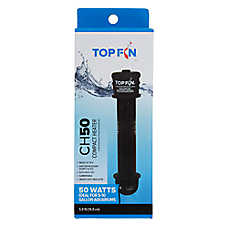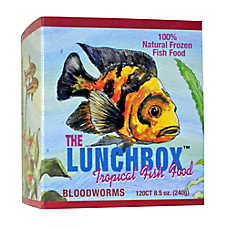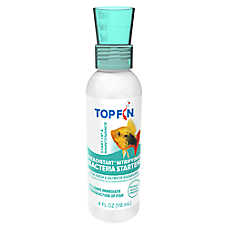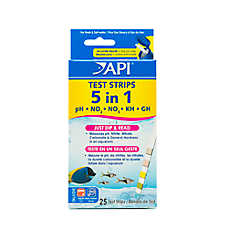African Dwarf Frog Care Guide
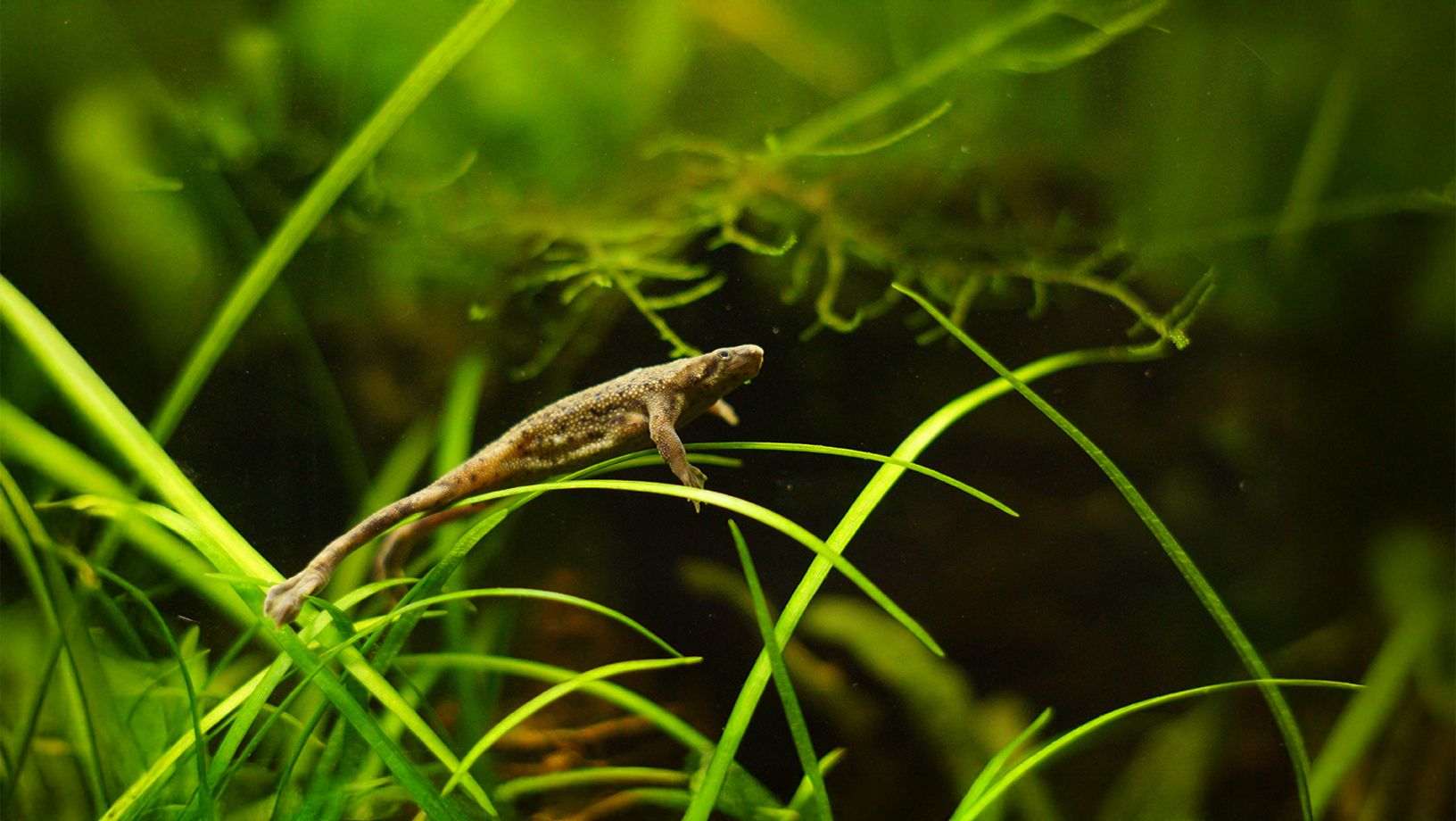
In this Article
Getting to Know Your African Dwarf Frog
African Dwarf Frogs are small, fully aquatic frogs with lots of personality. These tiny frogs quickly learn their keepers and will beg for food and attention.
African Dwarf Frogs come from western Democratic Republic of the Congo and adjacent Republic of the Congo. These tiny frogs have claws on their hind feet but lack tongues and teeth. Instead, they use their front feet to bring food to their mouths.
When feeding African Dwarf Frogs, it can be helpful to use tongs to bring the food close to your frog. This helps build rapport and allows you to monitor your frog’s eating habits more closely and can also prevent food from being stolen by faster fish tankmates. Frozen bloodworms, brine shrimp, and sinking carnivore pellets are all great options for feeding your frog.
Like most other amphibians, African Dwarf Frogs do shed their skin regularly. Typically, they do this in patches so you may notice small pieces of whitish skin floating near your frog. This is normal and often the frogs will eat their shed skin.
African Dwarf Frogs also have lungs, not gills so they need to surface to breathe. In their natural habitat, the water levels will rise up to 24” but these frogs really do prefer shallow water where it’s easy for them to surface to breathe. When choosing a tank, a shallower tank with more floor space will be preferred by these adorable frogs. A heavily planted tank or lots of decorations near the surface offers lots of resting places for your frog.
African Dwarf Frogs also like Indian Almond leaves or other aquarium safe botanicals on the bottom of the tank. They appreciate a few small caves to retreat to when not lounging on plants or décor near the surface.
These curious frogs may attempt to explore outside of their tank, but they cannot survive long outside of the water so a tightly fitting lid is important! While they may look fun to hold, they’re very delicate and it’s easy to injure them. Avoid handling African Dwarf Frogs unless absolutely necessary.
African Dwarf Frogs can do well in a community fish tank with fish that are too big for them to eat but too small to injure your frogs. Danios, tetras, and rasboras are usually good choices for African Dwarf Frogs. These small frogs are usually communal and enjoy having other frogs in their environment. Small bottom dwelling fish like Corydoras can work well but may outcompete your frogs for food so monitor closely.
Behavior: When keeping pets, there are no guarantees that the fish or frogs will get along. You should always monitor your pets for signs of stress or aggression and be prepared to move the frog from the aquarium. While some African Dwarf Frogs do well in a community environment, some may be more aggressive or other fish may be quite aggressive to your frog! Always be prepared to move a fish or frog if needed. Not sure which species get along? Our Fish Compatibility Guide can help you choose compatible tank mates.
It can also be helpful to rearrange/add décor to create more territories and hiding places. Live plants help maintain water quality and provide hiding places for fish and frogs. Often, the more plants and décor, the more you see your frogs! A tank with lots of variety in plants and décor is more interesting and less stressful for your frog, a bit like offering new toys or beds to your dog or cat!
African Dwarf Frog Facts: Size, Lifespan, Tank Setup, and More
Size: Up to 2”
Lifespan: 5-8 years, potentially longer in ideal conditions
Name: African Dwarf Frog (Hymenochirus curtipes)
Tank Size: 5+ gallons
Water Temp: 73-79° F (23-26° C)
Habitat: Natural sand and décor. Lots of live plants are preferred. They need to surface to breathe so providing decorations they can rest on near the surface is important.
Behavior: Peaceful
Schooling: Yes, best kept in groups of at least 2 or more of the same species.
Community: They do well with peaceful fish too large to fit into their mouths. They may prey on shrimp or small fish.
Diet: They thrive on frozen bloodworms or brine shrimp daily. High quality, small carnivore pellets can be offered.
Water Parameters | Ideal African Dwarf Frog Range |
Temperature | 70-82°F (21-28° C) |
Ammonia | 0ppm (mg/L) |
Nitrite | 0ppm (mg/L) |
Nitrate | Less than 20ppm |
pH | 6.5-7.5 |
Chlorine | 0ppm (mg/L) |
Alkalinity | 75-150ppm |
Setting Up an Aquarium for African Dwarf Frogs
Typical African Dwarf Frog Aquarium:
- Glass or acrylic tank
- Hood or tank cover with light
- Thermometer
- Gravel or sand
- Décor for hiding and enrichment
- Live or artificial plants
- Heater
- Filter
Setup Steps:
- Choose your equipment: Select an appropriately sized tank, substrate, décor, heater, and filter. A PetSmart associate can help guide your selections.
- Prepare your space: Place the aquarium on a flat, stable surface that can support its full weight - water weighs 8.3 pounds per gallon.
- Rinse and place décor: Rinse all substrate and decorations with tap water (never soap), then add to the tank.
- Add water and conditioner: Fill with tap water and use a water conditioner to remove chlorine and chloramines. If your home uses a water softener, use a tap source that bypasses it.
- Install and test equipment: Set up the heater, filter, and thermometer per manufacturer instructions. Add the hood and lighting and set lights on a 12-hour cycle using a timer for consistency.
- Let the tank stabilize: Run the system for at least 24 hours to ensure all equipment works and the water temperature is stable.
- Begin cycling the tank: Add a beneficial bacteria starter and introduce just a few hardy fish to start, or follow a fishless cycling process to reduce stress.
- Monitor water quality daily: During cycling, test water regularly. Perform a water change if ammonia or nitrite is above 0 ppm or if nitrate exceeds 20 ppm. Always add water conditioner after each change.
- Add fish gradually: Once your tank is cycled and stable, add compatible fish slowly and monitor for any signs of illness or stress.
- Before adding other species, check our Fish Compatibility Guide to ensure a healthy environment.
- Quarantine new additions: To protect your established aquarium, quarantine new fish for 30 days in a separate, cycled setup.
Learn more about fish-less cycling in Setting Up an Aquarium.
When should I test my water quality?
- Frogs are sluggish, near the bottom of the tank
- Frogs are at the top, breaking the water to breathe (frequent surfacing may also indicate low oxygen or poor water quality)
- Frogs are not eating
- Sudden behavior changes in your fish
- Water is cloudy
- Water smells funny
PetSmart offers free water quality testing and one of our knowledgeable associates can help you get your system balanced.
When should I contact a veterinarian?
Contact an aquatic veterinarian if you notice the following signs:
- Unusual swimming pattern
- Thinness or decreased appetite
- Abdominal swelling
- Inflamed or discolored skin/fins
- Fins clamped to sides of body
- Scraping body on rocks (flashing)
- Visible signs of illness or recent fish loss
If your fish show any of the signs above, we recommend using the “Find Fish Vet” tool at fishvets.org or wavma.org to locate a qualified aquatic veterinarian in your area.
Shopping Checklist
What will I need for my African Dwarf Frog tank?
- Aquarium sized appropriately for the species and number of fish and frogs
- At least 5 gallons for frogs, though tanks 10 gallons and larger are more stable and easier to maintain.
- Tight fitting aquarium top/hood with light fixture
- Natural aquarium sand or gravel too big to fit in your frog’s mouth
- Gravel vacuum
- Tank décor like driftwood or ornaments
- Live or artificial plants
- Aquarium heater and thermometer
- Aquarium filter sized for your tank
- Water testing kit or strips
- Water conditioner/dechlorinator
- Beneficial bacteria starter
- Algae cleaning pad or scraper
- Species-appropriate pellets or flakes and frozen fish food
Ready to learn more?
This guide is a great starting place, but we encourage you to do more research on the individual species that you are keeping so that you can be as successful as possible with your aquarium!
Related guides:

